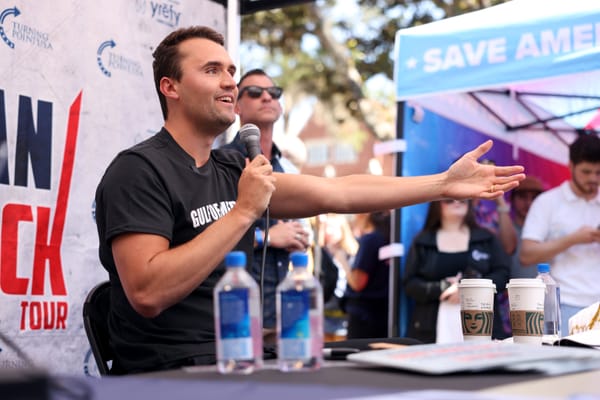E8: Extreme poverty falls, grain yields climb, AI-powered agrochem robots have arrived, and much more

Tony Morley, October 1st, 2024

You’re reading The Up Wing, Edition 8, progress and optimistic news, collated, curated, and delivered weekly-ish. We report on the past, present, and future of human progress, and optimistic news. We're pro-growth, free markets, global trade, classical liberalism, Enlightenment, science and technology.
Hey team, Tony here. Can you help support The Up Wing mission? 86% of our subscribers are currently free subscriptions; please consider supporting our mission and newsletter here: Support The Up Wing And or help support the project by liking and sharing our Edition 8 post on X/Twitter
Global extreme poverty falls back to below pre-pandemic levels, but challenges remain for many developing countries
At the start of 1990, more than 2 billion people were living on less than $2.15 per day. By 2024, the number has fallen by 1.3 billion people. The good news is that global extreme poverty has now fallen below pre-pandemic levels.
Between 1990 and 2024, global economic growth has helped more than 1.3 billion people transition out of extreme poverty toward greater prosperity and higher living standards.
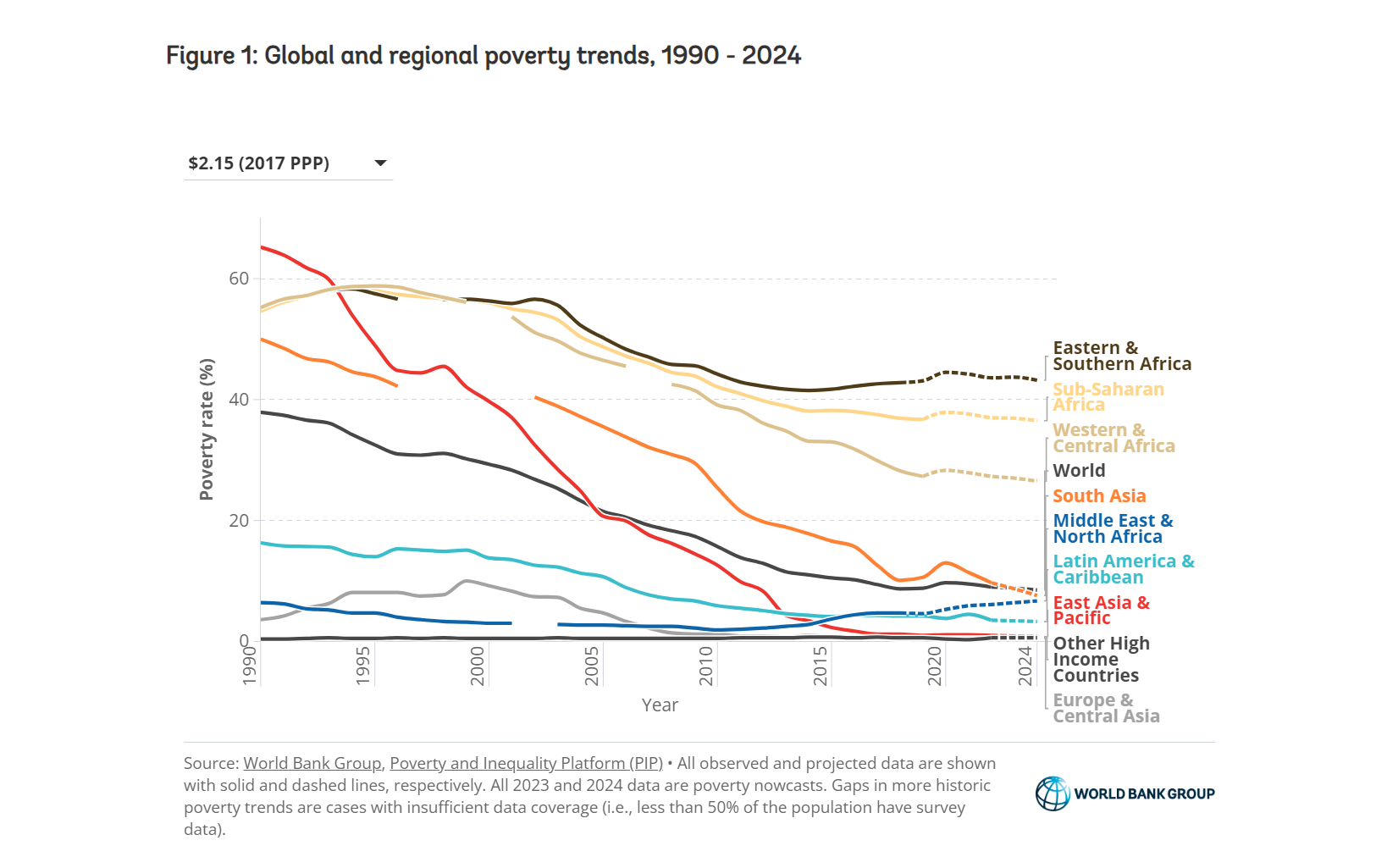
In 2022, the number of people living in extreme poverty, ($2.15 per person per day, 2017 PPP) was estimated by The World Bank to be 713 million, by the close of 2024, it's expected to have fallen to 692 million.
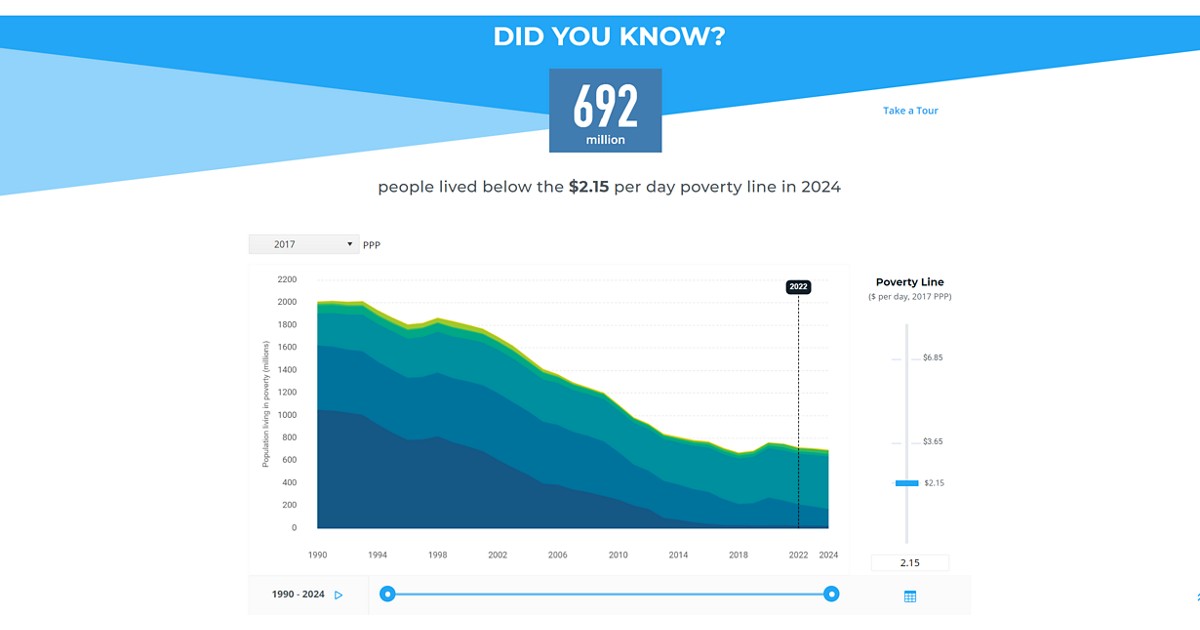
Space Perspective's balloon lifted spacecraft reach the edge of space and return safely
The team at Space Perspective celebrates a milestone: Their spacecraft, Neptune-Excelsior, successfully completes an uncrewed development balloon flight to the edge of space and back. Reaching an approximate altitude of 100,000 feet, 30,480 meters, it crosses through more than 99% of the Earth’s atmosphere.
"Spaceship Neptune to an altitude of approximately 100,000 feet—above 99% of Earth's atmosphere. Over the course of the six-hour journey, the spacecraft reached its peak altitude before performing a controlled descent and splashdown, showcasing its full flight profile and validating key technological advancements."
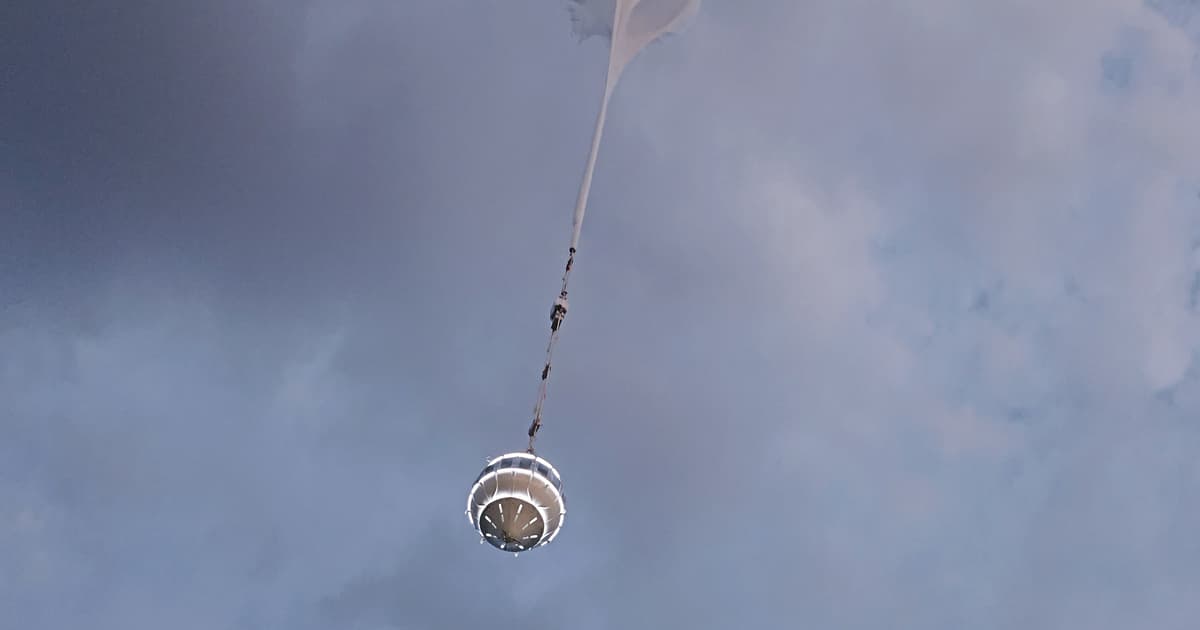
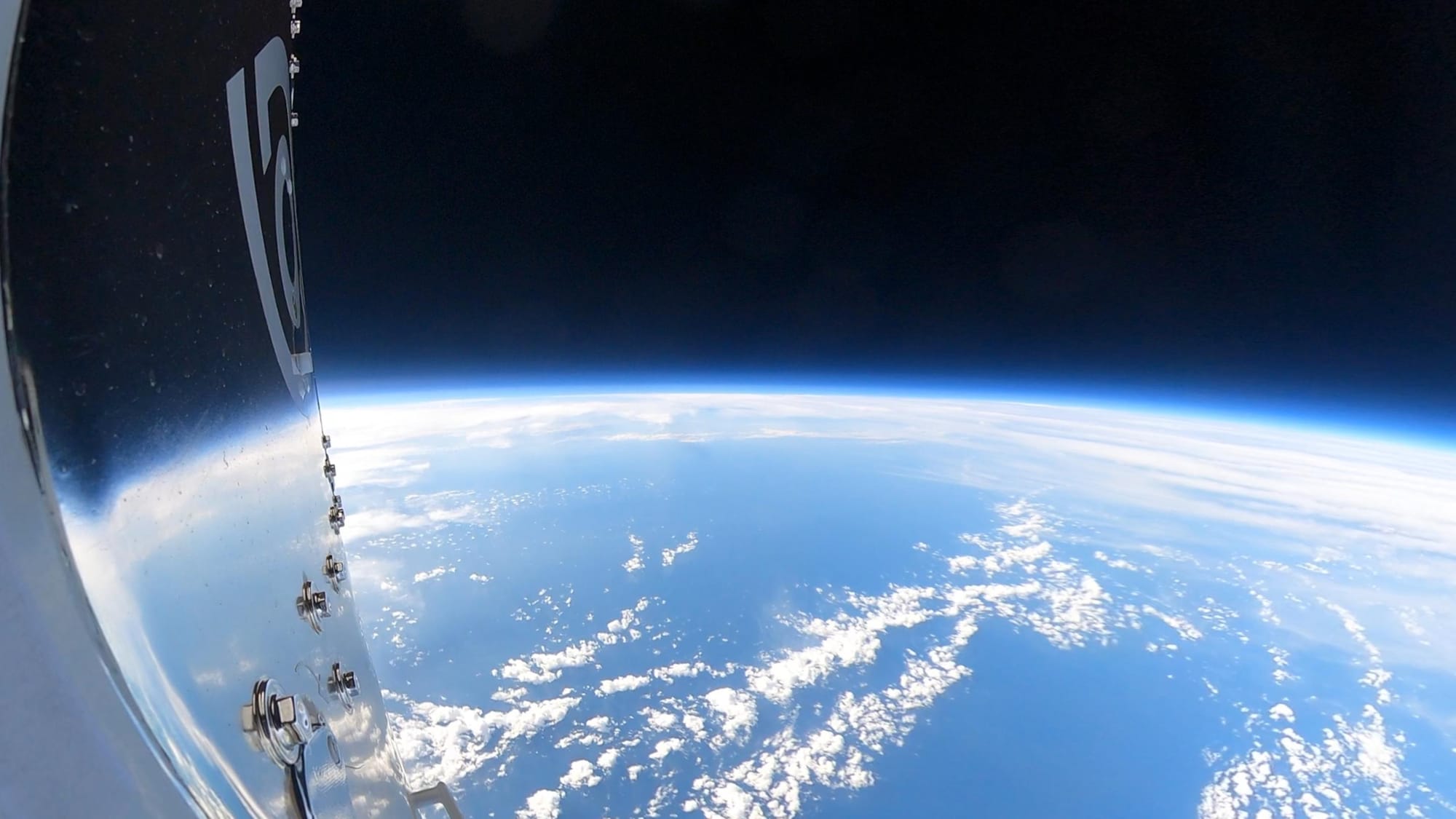
AI-Powered agricultural spraying robots "could curb the use of weed-control sprays by as much as 90%," saving billions, boosting crop yields, and reducing environmental damage.
AI-enabled agrochemical application is poised to revolutionize the use of herbicides, pesticides, and fertilizer, with the potential to reduce inaccurate and largely unavoidable overspray. Improving agrochem application accuracy and effectiveness holds the potential to reduce environmental damage, improve crop yield, and dramatically reduce wastage and operating costs for farmers.
"Using artificial-intelligence powered cameras, the new sprayers can identify and target invasive plants while avoiding the cash crops."
Welcome technology for global farmers who invest >$78 billion annually on agrochem crop protection.
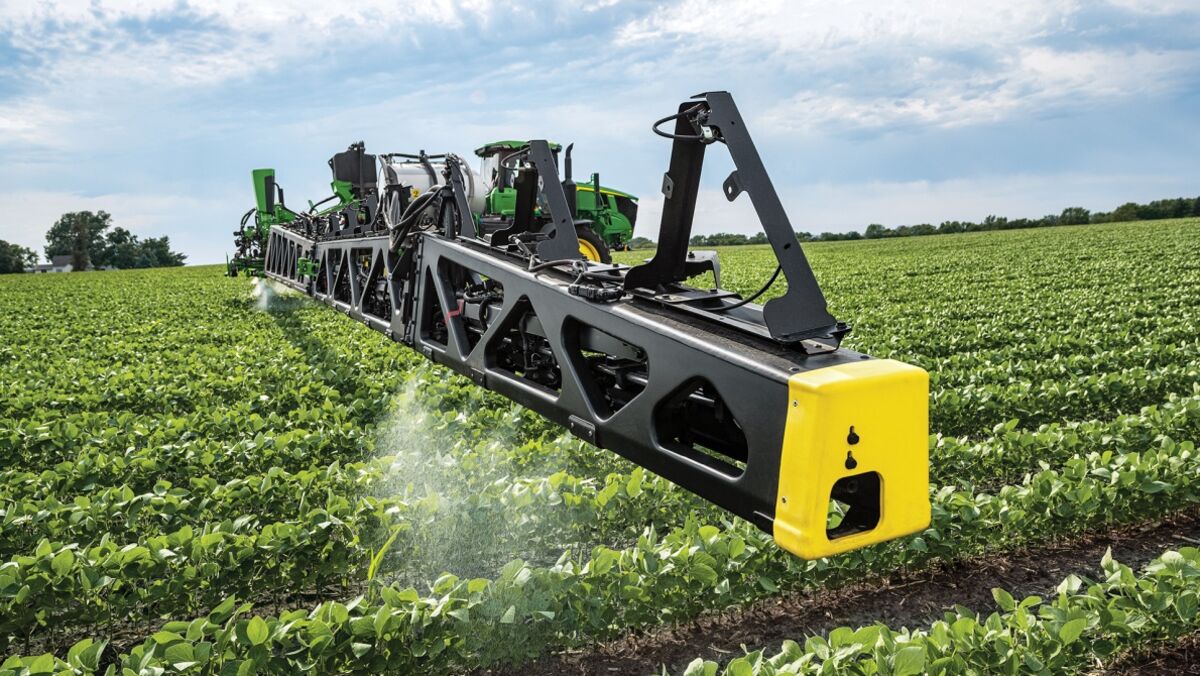
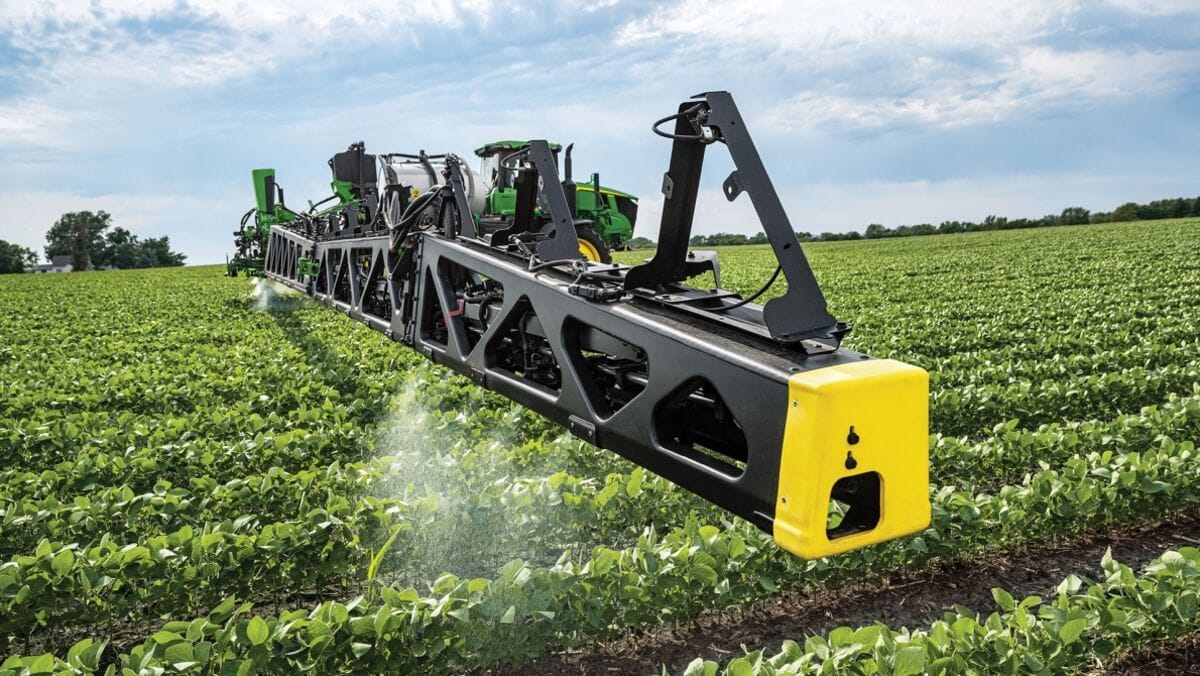
Charted: 150 Years of Corn, Wheat, and Soy Yields in America
Over the last 150 years, farmers in the United States have leveraged improved crop genetics, high-performance fertilizers, pesticides and herbicides, and mechanization to transform corn yields. In 1886, American farmers could squeeze just 1.5 tonnes per hectare of corn from the land, but jump forward to 2023, and they now secure 11.1 tonnes per hectare from the same land.
"In 2023, America produced 500 million metric tons of corn, a figure so astoundingly large, it compares to the weight of 87 Great Pyramids of Giza. And all of that corn was grown on 92 million acres of land—an area bigger than Malaysia."
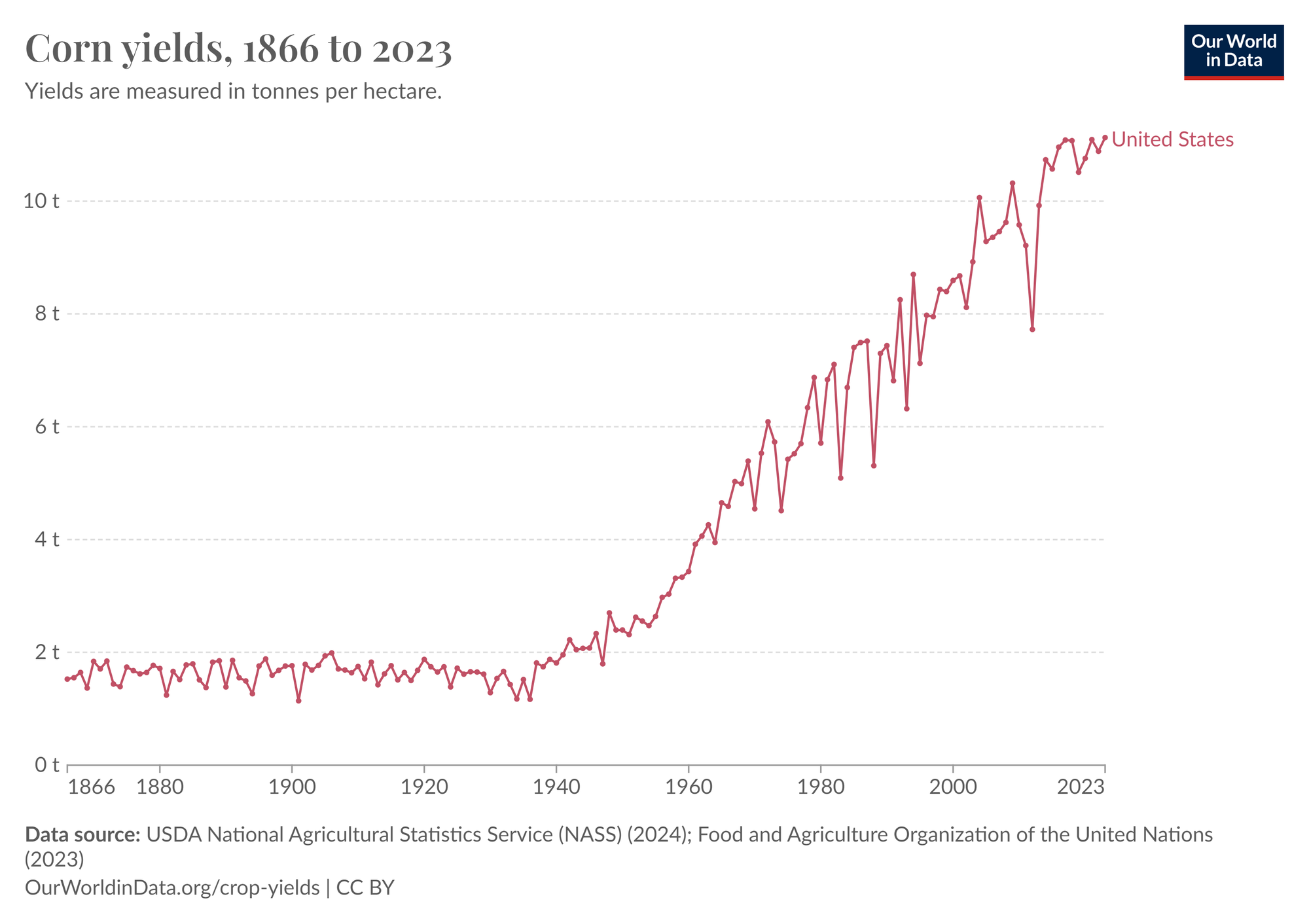
“A hundred and fifty years ago it took twenty-five men all day to harvest and thresh a ton of grain. With a modern combine harvester, a single person can do it in six minutes. In other words, it contributed to a 2,500-fold productivity increase.” — Progress, Johan Norberg
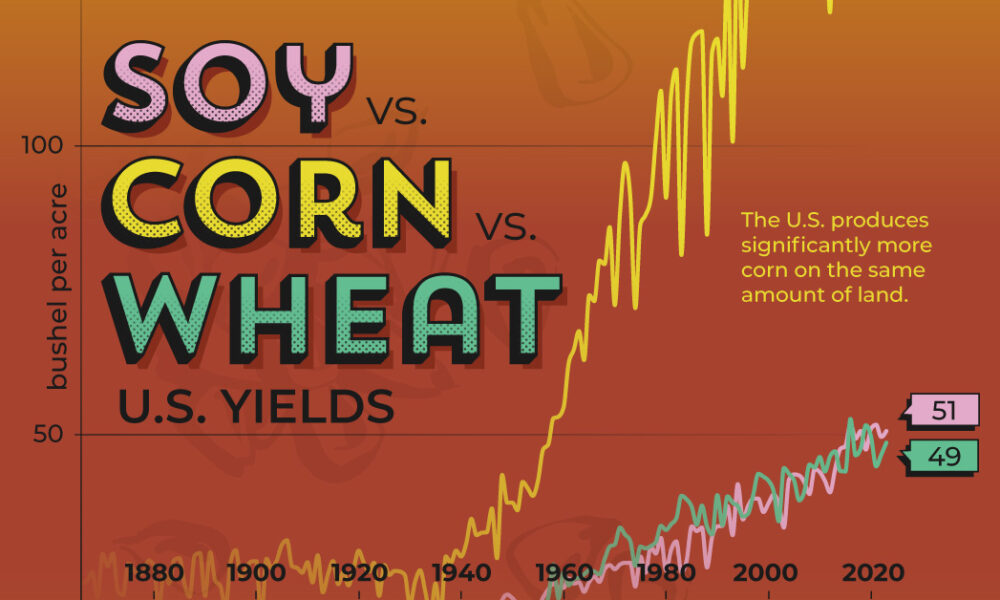
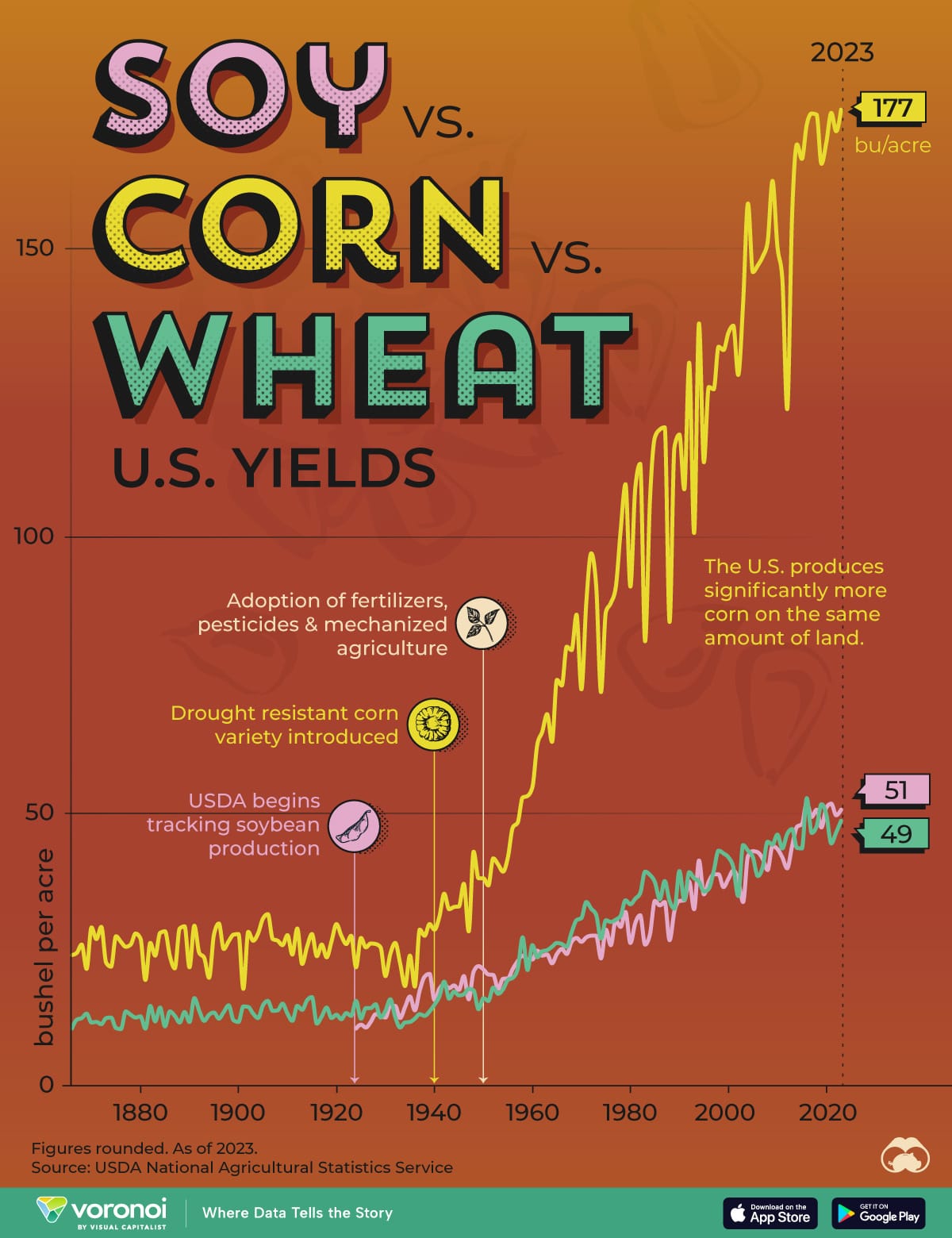
It's not just corn; global cereal yields have climbed grown enormously over the last sixty years.
The dramatic growth in corn yields is part of a greater agricultural trend of improved grain yields globally in grains and cereals, helping humanity feed more humans from the same land, and further helping reduce the amount of wilderness land cleared and subjected to the plough.
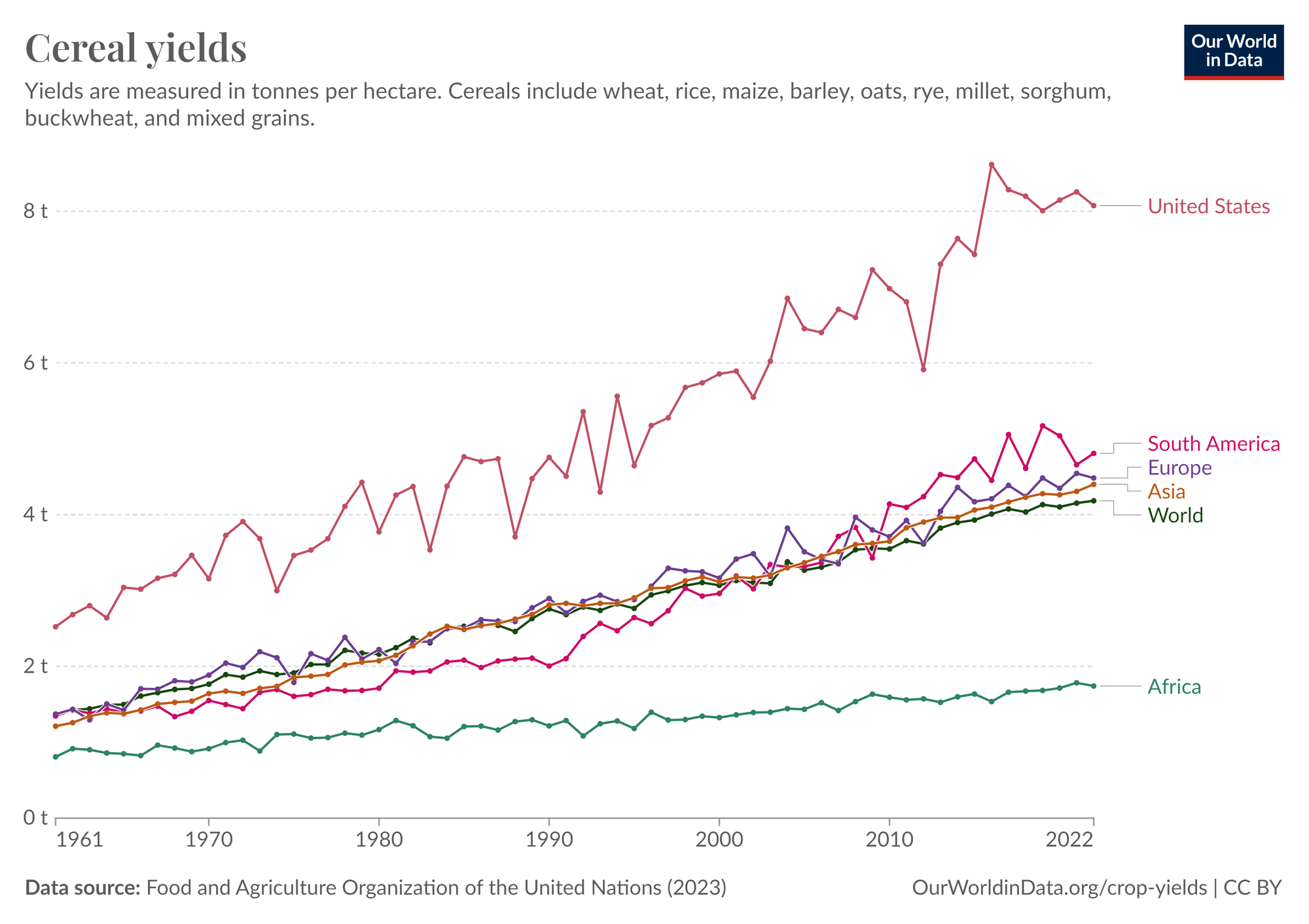
RSV claims the lives of more than 100,000 children annually; machine learning could help doctors identify those children at greatest risk.
RSV will infect nearly every child at some point before their second birthday, claiming the lives of more than 100,000 infants globally each year and hospitalizing more than 80,000 children in the United States annually. Researchers are now employing machine learning and statistical modeling to help identify those children who will be most at risk of infection.
"RSV infects almost every child before they turn 2, and kills more than 100,000 infants worldwide each year. Machine learning and statistical models are identifying those most at risk."
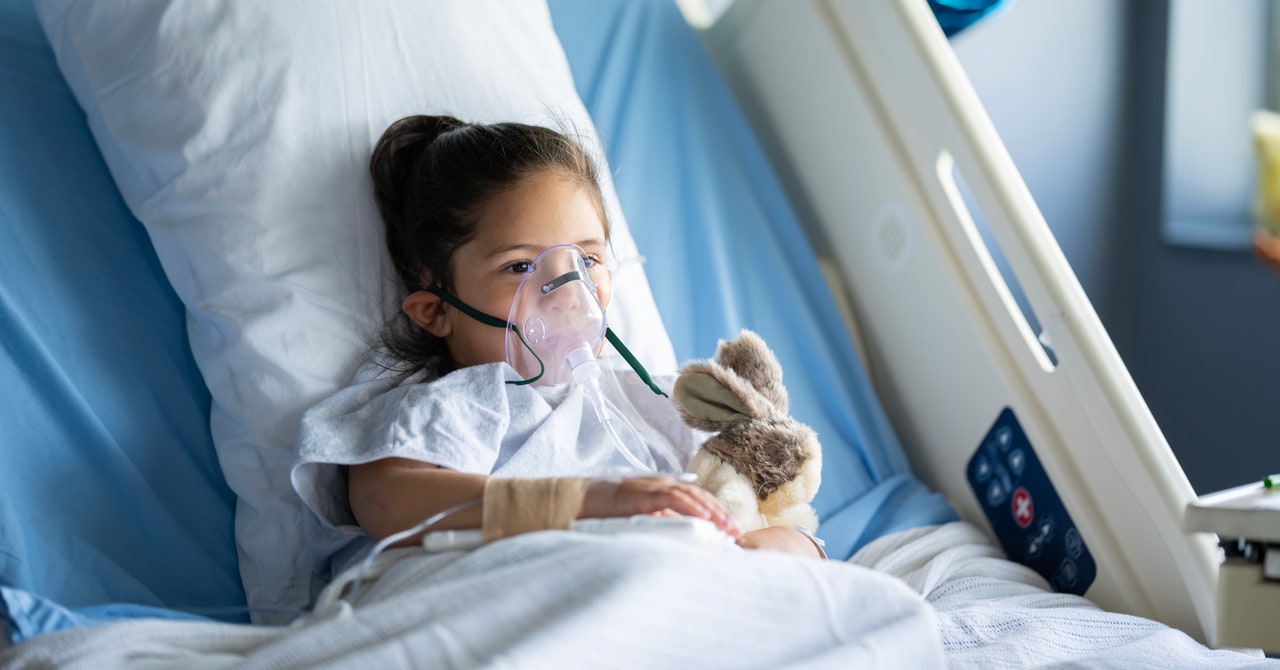
A New Gene Therapy Reprograms Cancer Cells to Fight Themselves
A breakthrough gene therapy can reprogram cancer cells, to destroy themselves
“The data provides preclinical proof-of-concept for an off-the-shelf, yet tumor-specific, first-in-class cancer immunotherapy,”
Researchers are getting closer to the development, and commercialization of a generic gene therapy that can turn “tumor cells against themselves”, with recent successes paving the way for human trials in the near term future.
"A relatively new and promising approach called CAR T therapy adds more “targeting beacons” onto T cells extracted from each patient to convert them into tailored cancer torpedoes."
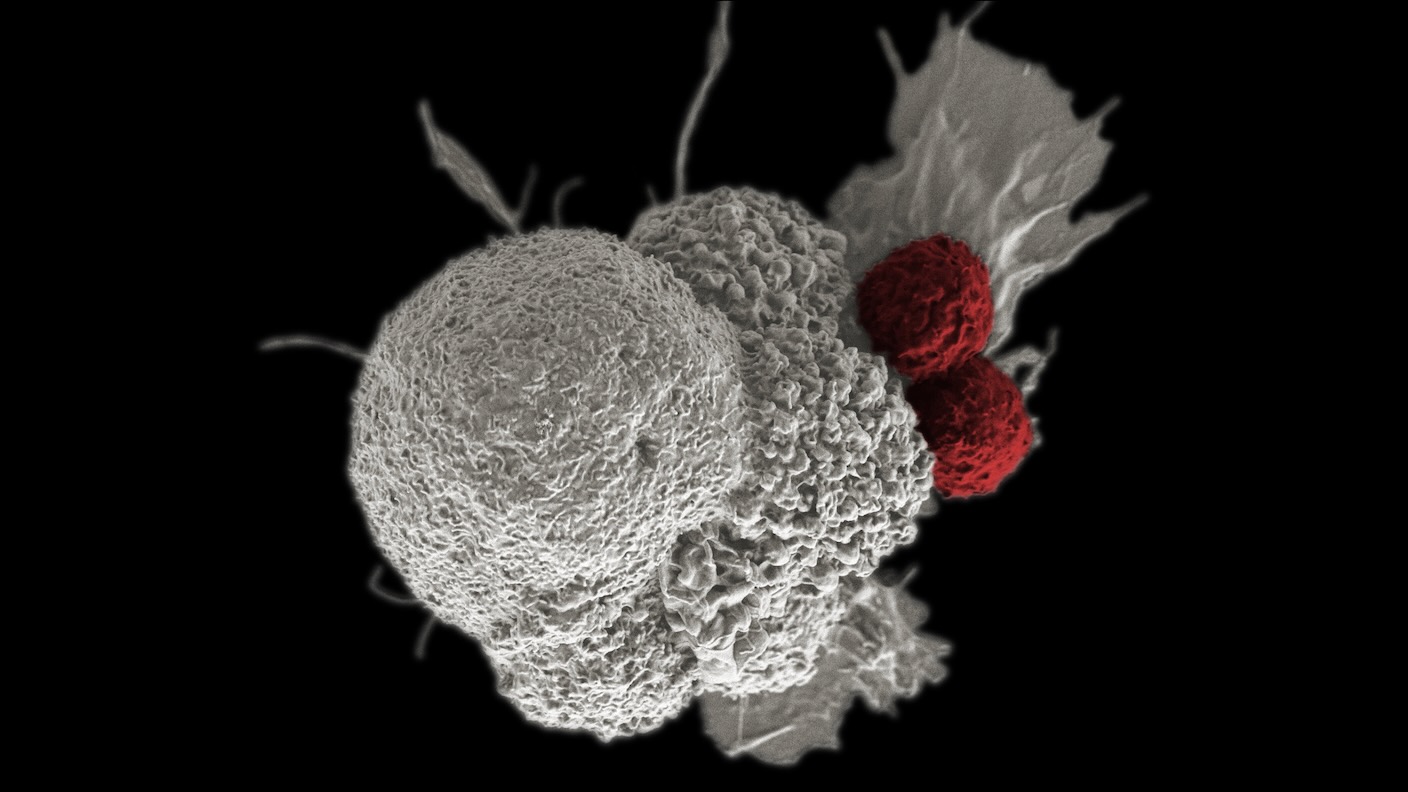
From advanced AI-assisted IVF to the development of artificial wombs, here's a look at the past and future of fertility by the team at Big Think.
"For most of human history, infertility “treatments” were largely based on superstition and cultural myth. Today’s in vitro fertilization (IVF) offers a science-based means of conception, but the procedure can be expensive and typically isn’t covered by health insurance. New technologies are looking to make IVF more accessible or find other, novel methods of conception."
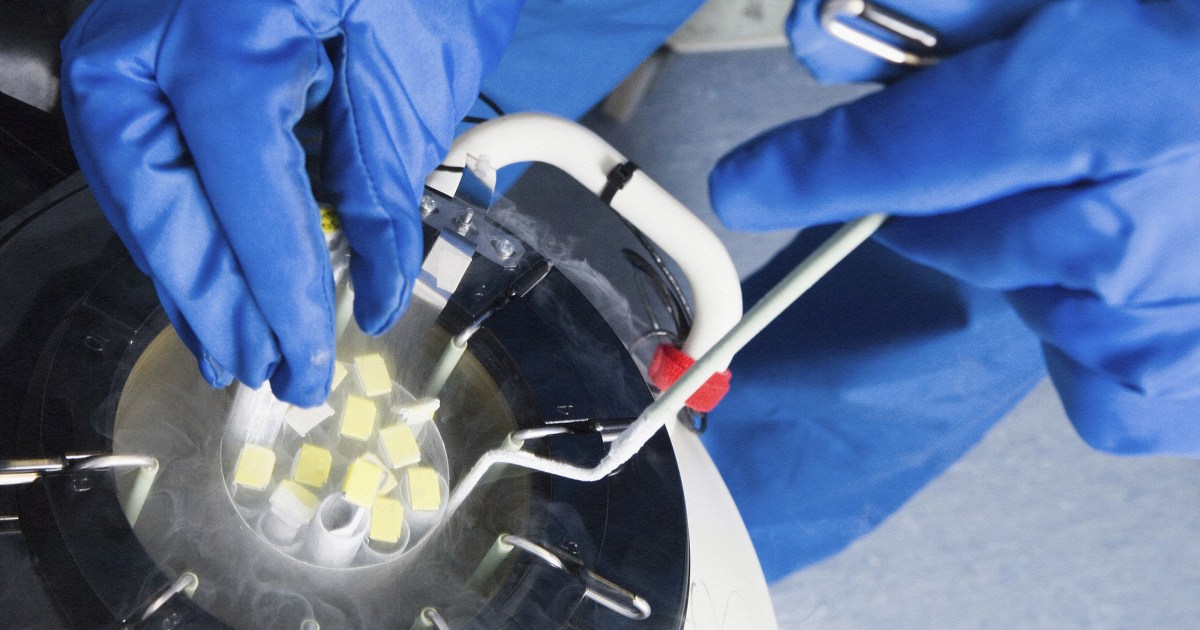
A market for kidneys or a kidney donor tax subsidy — it could work, and there's a moral case for making it happen.
Every year, more than 135,000 Americans are diagnosed with kidney failure and in urgent need of a kidney transplant; paying those who donate could save 100,000 lives in the United States in the first decade alone.
"Its method is simple: a federal tax credit worth $10,000 a year for five years, paid to anyone who donates a kidney to a stranger."
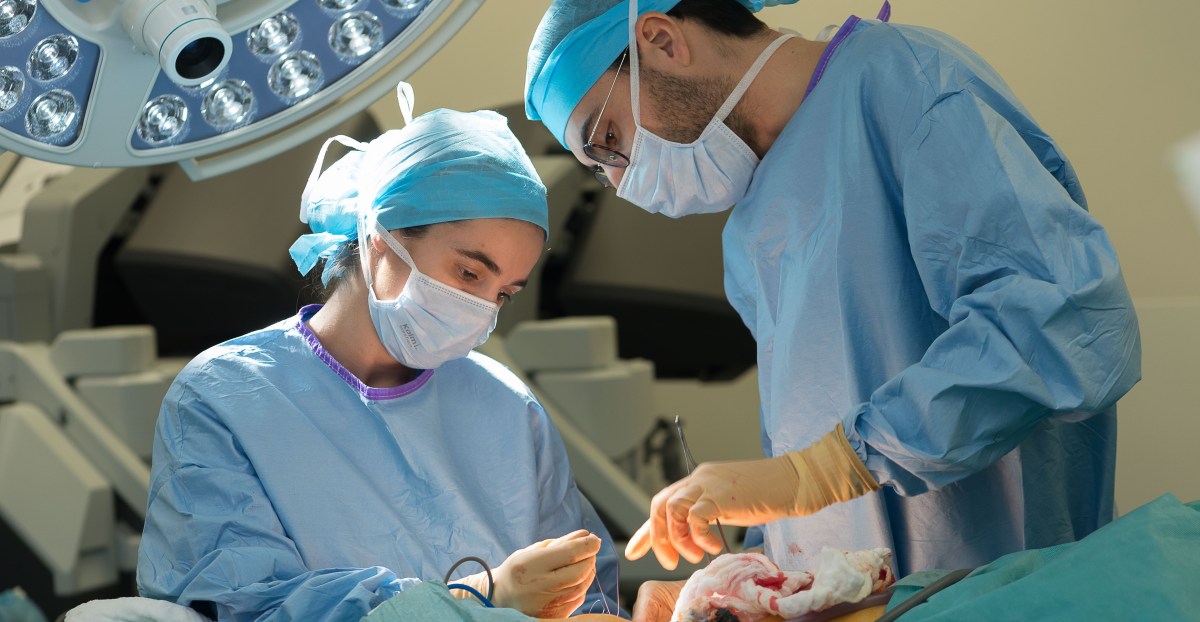
Scientists Crack a 50-Year Mystery to Discover a New Set of Blood Groups
"We now know why some blood is missing a key antigen—leading to the creation of a new blood-grouping system. Experts believe even more discoveries are on the way."
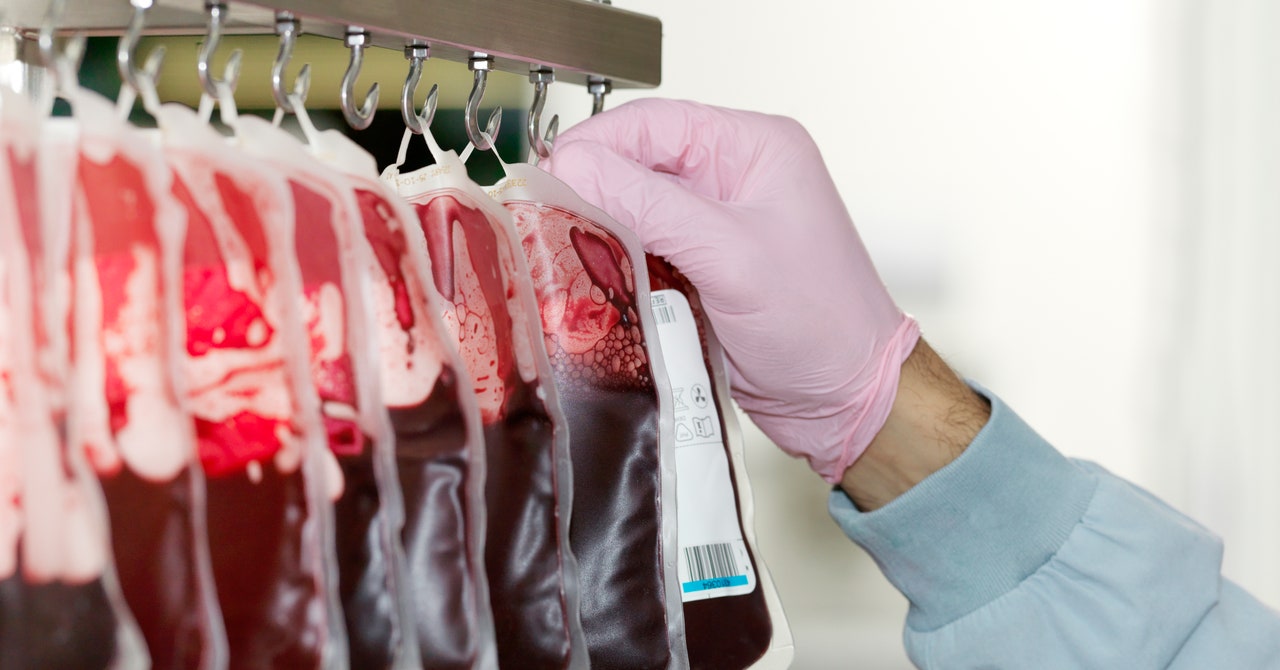
A new $400 full-body scan could help identify a number of health risks in minutes — a scan that brings preventative medicine into sharper focus.
"According to data from Neko’s first year of operation in Stockholm, during which they scanned 2,707 people aged 22 to 75, further medical attention or monitoring was required by 14% of the individuals for conditions that the vast majority (90%) were unaware they had."

Appliances contribute to Human Progress — but regulations could threaten their affordability
Air conditioning, refrigeration, gas stoves, and washing machines, "these appliances have improved the human condition considerably over the past century,"

AI and machine learning server proliferation could help reboot a nuclear energy comeback
"Nuclear power is attractive to tech companies because it provides low-carbon electricity round-the-clock, unlike solar and wind, which run intermittently unless coupled with a form of energy storage. Reactivating reactor one will provide Microsoft with 835 megawatts of low-carbon energy over the 20 years that the deal will run for."


We're hoping to be more organized by Edition 10, currently Edition 8/10. We're still under construction, in beta mode, if you will [still a little 404 broken, with plenty of typos]. The site and newsletter will be updated in the following weeks. The UI/UX is going to get better; we have more great sections and content planned. Supporting with a modest donation helps enormously. Thank you kindly in advance.
The Up Wing Corporate
Want to get The Up Wing newsletter for your team? Help inspire and improve the well-being of your team by bringing The Up Wing to their inbox every week. Reach out to our team to help make it happen.

















